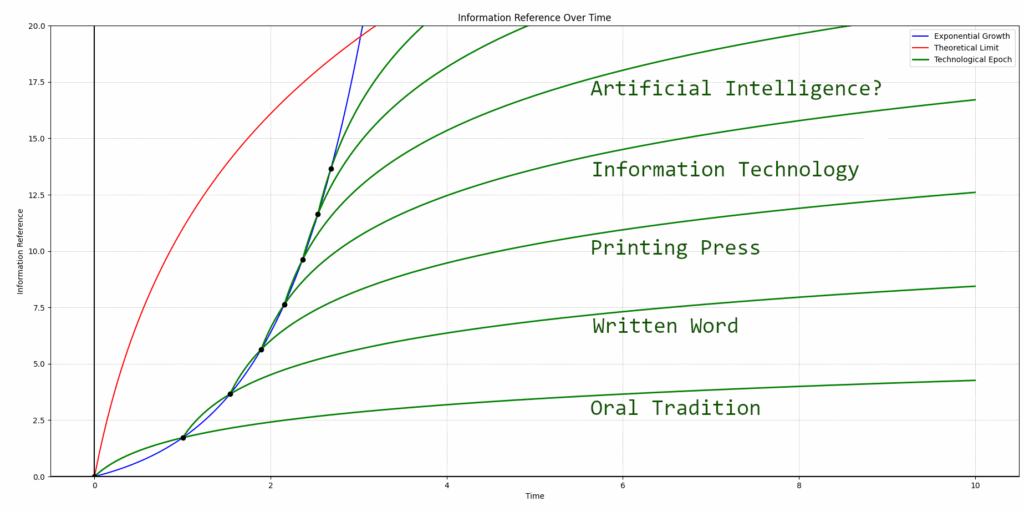My generation grew up as the internet was only just gaining a foothold in the public Zeitgeist. We experienced the blossoming and commercialization of the internet, along with its commoditization. Back when households were still getting “the internet” on CDs tucked into magazines, we were still taught to write in cursive, and how to use the Dewey Decimal System. I have distinct memories of the general distrust for information from the internet. This was not an unfounded sentiment, of course. But, my perception is that it has faded with time. At first glance, it might seem that society sacrificed the quality of information for sheer availability. However, I’d argue the two are interconnected: availability invites scrutiny, and scrutiny, over time, improves quality.
I would present Wikipedia as the primary target for the brunt of the offensive circa 2005. After all, “it can be edited by anyone,” we were told. It would seem the ramifications of real-time review by dozens, hundreds, even thousands of peers, were unappreciated. Ironically, Wikipedia’s greatest strength, peer review at scale, was initially mistaken for its greatest weakness. The bound-paper reference materials of the days of yore received review by far fewer individuals, and distribution of revisions were at least a few orders of magnitude slower than today. In hindsight, we may have been throwing the baby out with the bathwater.
Today, I see a lot of similarity in the criticism of Artificial Intelligence (AI). After all, it can (and will) spontaneously hallucinate entire sources, references, and concepts. While I think a healthy skepticism is warranted, and I definitely understand the resistance to trust, I can’t help but imagine its maturation as a reliable and incredibly fast method of accessing otherwise-obscure information. It is easy to draw parallels with the early web, in that regard.
I do not feel certain, at this point, whether AI will be considered a breakthrough technology that will dwarf its predecessors, but I do find it likely. It seems to me that this uncertainty is quite widespread amongst technologists. I posit that this uncertainty is actually the result of the stage we are at in our technological progress.
I have this loose idea for visualizing technological advancement. I’ve included a drawing down below. It may be missing a few key technologies, but the concept goes something like this- each new platform or technological epoch constitutes a logarithmic curve along a greater exponential trajectory. Perhaps, this exponential trajectory is limited at the point of intersection of a similar, but greater logarithmic curve, due to practical or theoretical limitations.
You will observe that the rate at which a given platform reaches critical mass is accelerating dramatically. However, each technology continues to develop over time. This leads me to conclude that new technological developments will almost spontaneously erupt, figuratively speaking. However, the duration of an emerging technology’s upright trajectory is diminishing in relative proportion. I suggest these emerging technologies will very rapidly approach an inflection point whereby they begin to deviate from their upright trajectory due to practical limitations and diminishing returns. Although, it is important to note that the overall rate of development continues to accelerate. This is due to the compounding nature of the cumulative benefit of previous technologies- as Newton put it, “standing on the shoulders of giants.” Thus, it should probably be analyzed holistically, across all of the domains/epochs. At some point in the distant future, long after you and I are gone, technological progress will begin to look more linear.
I think my model explains the sentiment at this moment in time that, while AI is simultaneously a very rapidly emerging technology, its explosive launch in capability may already be beginning to wane due to practical limitations and diminishing returns. Please, do not conflate the limitation of the technology with its progress- AI has burst onto the scene with enormous capability that has yet to see practical application.
While a cursory consideration might find this relationship between rapid advance and rapid limitation counterintuitive, I think my model for visualizing technological advancement explains it quite nicely. We stand at the early stages of AI’s ascent- faster and more volatile than anything before. Yet, if history is any guide, today’s uncertainties are simply part of the larger, breathtaking momentum of progress.

